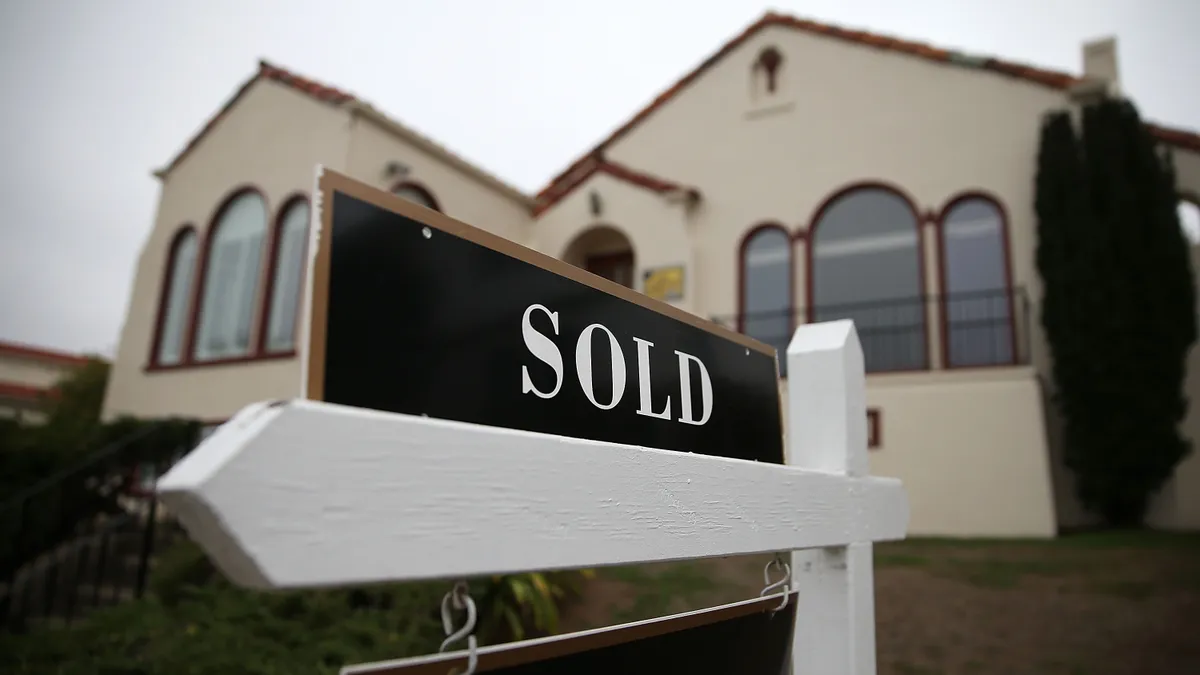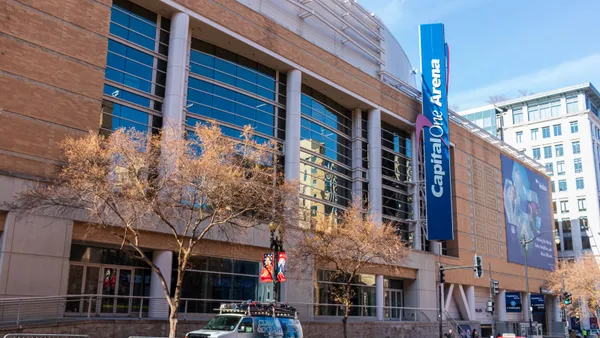Dive Brief:
-
The market held less than four months' worth of existing homes from December 2016 to February 2017, according to Bloomberg, preventing many homeowners from moving up and freeing inventory for first-time buyers entering the market.
-
Low stock means higher asking prices, and the subsequent increase in property values is outpacing income growth: Median home prices in February were up 7.7% year-over-year, while after-tax household incomes were up 2% from January 2016 to January 2017.
-
The constraints are not from lack of demand. According to a recent University of Michigan survey, more buyers think now is a good time to buy a home than thought so in 2005, indicating that the inventory crunch will likely continue.
Dive Insight:
The inventory shortage is one of several factors constraining housing recovery. And the problem is especially acute for first-time buyers, as starter home inventory fell 8.7% during the first quarter of 2017 and currently accounts for just 26% of total inventory, according to Trulia.
At the same time, prices for starter homes also are climbing. Between 2016 and 2017, the percentage of income required to buy a starter home rose from 35.4% to 38.3%, compared to just 1.6 percentage point and 0.9 percentage point gains for trade-up and premium houses, respectively. This could further exacerbate the obstacles for first-time buyers, especially if incomes continue to lag.
The trend of low inventory coupled with a decrease in affordability is playing out across the country. And the responsibility for relief doesn’t just rest with builders: Investors who purchased distressed properties during and after the recession have been slow to put them back on the market, CNBC reported.
For more housing news, sign up for our daily residential construction newsletter.













